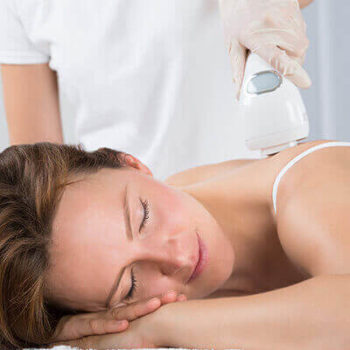Did you know that cold lasers can be used to treat a variety of diseases? Doctors, Dentists, and Acupuncturists use cold lasers to treat a variety of diseases. The use of cold laser therapy is one of the fastest-growing areas of alternative medicine.
Cold lasers were first used 30 years ago. Cold lasers are a common tool in Europe, Asia, and Canada for almost 20 years. However, they are still relatively new in the US. It is so strange. Only three years ago, the United States FDA approved cold lasers for specific applications. This includes the treatment of carpal tunnel syndrome, neck and shoulder pain, as well as other pain management applications. Get more details on cold laser treatment visit www.sheldonwellness.com/services/cold-laser-therapy/.

Other names that can be used interchangeably with cold-lasers include low-level laser (LLT), soft laser, photobiomodulation, photobiostimulation, photobiomodulation, biostimulation, bio regulating, soliton, and photobiostimulation. Until a consensus can be reached, the most important names to remember include low-level laser and cold laser. These are often interchangeable with low-level laser therapy (LLLT).
It is called a cold laser because it produces less heat than a normal laser. Because it doesn't produce enough heat to heat treated tissue, a laser with a power output of less than 500 mW is called a "cold laser". There are many types of cold lasers on the market, each with different power outputs. The most common diode power outputs are: 5 mW (30 mW), 50 mW (50 mW), 100 mW (10 mW), 200 mW (20 mW) and 500 mW (500 mW). The treatment time is usually shorter if the power output is higher.
What is the difference between an LED and a laser? This is a significant difference that comes down to consistency as well as the depth of penetration. Cold lasers use coherent, polarized, and pillared light, which allows them to penetrate deeper layers or travel long distances in straight lines.